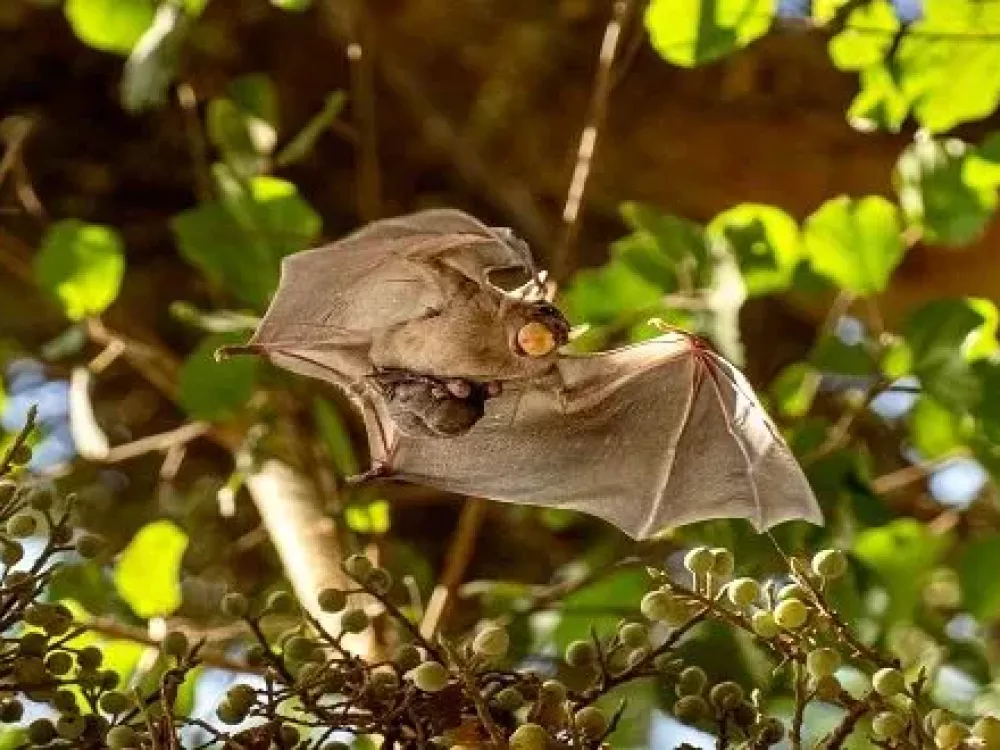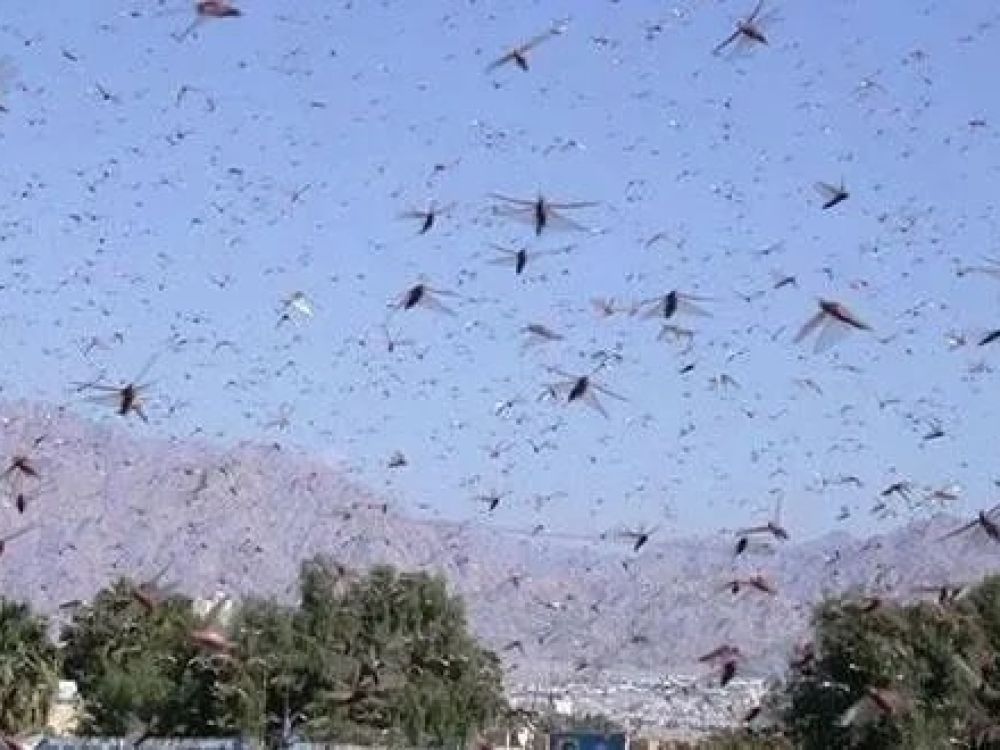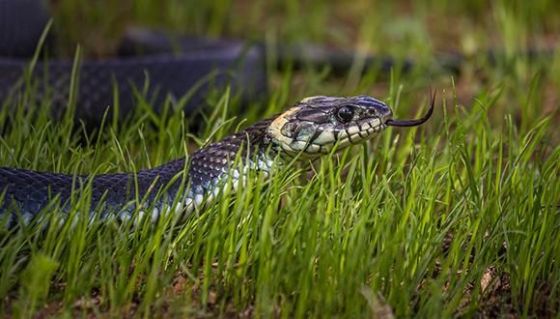
Struggling in a Toxic Workplace?
TAU researchers hope to save farmers from snakebites in their fields.
Did you know that about 1.8 million instances of snakebite envenoming occur around the world annually, killing about 94,000 people? Snakebite envenoming is a potentially life-threatening disease that typically results from the injection of a mixture of different toxins (“venom”) following the bite of a venomous snake. In some areas, snakebites are considered a major cause of death, especially among farmers who encounter snakes in their fields. The World Health Organization has even launched a strategic plan to reduce snakebites by 50% by 2030. TAU researchers, as part of an international research group, created an innovative simulation model for predicting snakebites, based on an improved understanding of interactions between farmers and snakes.
Mapping Snakebites
The purpose of the model is to determine the probability of a snakebites occurring in certain places (i.e. in rice fields vs. tea fields) at various times (hours of the day and months of the year). The study is founded upon extensive research and data from Sri Lanka, where about 30,000 envenoming snakebites kill roughly 400 people every year. It focused on 6 types of snakes – Cobra, Russell’s viper, Saw-scaled viper, Hump-nosed viper, Common krait and Ceylon krait – and the farmers who grow the 3 most common crops in the area: rice, tea and rubber.
The model predicts that the bites of Russell’s viper, one of the world’s most dangerous snakes, peak in rice fields during February and August, while the less lethal hump-nosed viper prefers rubber plantations in April and May. It was also found that in the southeastern part of the studied region, the largest number of snakebites are inflicted by Russell’s viper, while in other parts of the region snakebites of the hump-nosed viper are the most common.
Interdisciplinary Model
Eyal Goldstein of the TAU School of Zoology explains: “We built a first-of-its-kind interdisciplinary model, which includes the behavior patterns of both sides – snakes and humans, identifying risk factors at various times and places and warning against them. The model can for instance differentiate between low-risk and high-risk areas – a difference which can be manifested in double the number of snakebites per 100,000 people.”

Eyal Goldstein
Dr. Kris Murray of Imperial College London and the School of Hygiene and Tropical Medicine in London explains that “Snakes and humans both go about their business at different times of the day, during different seasons and in different types of habitats. Our model factors in all these elements to predict encounters between humans and snakes in areas where farmers are working. We consider the degree of aggressiveness of different snake species when we calculate how likely an encounter is to result in a bite.”
Dr. Takuya Iwamura (currently at Oregon State University) emphasizes that “Our approach is to mathematically analyze interactions between snakes and humans, with an emphasis on the ecological perspective. This is a completely new approach to understanding the mechanism behind snakebites. Unlike most studies, which have so far focused mainly on social and economic risk factors, we chose to focus on the ecological aspects – such as snakes’ movements and habitats, the impact of climate and rainfall, and the respective behaviors of farmers and snakes – as a key to predicting potential encounters.”
Scalable Model
About 1.8 million envenoming snakebites occur around the world annually, killing about 94,000 people. In tropical areas, especially in Southeast Asia and Sub-Saharan Africa, snakebites are considered a major cause of death, especially among farmers who encounter snakes in their fields. In response, the World Health Organization has launched a strategic plan to reduce snakebites by 50% by 2030. An important basis for attaining this goal is expanding relevant scientific research.
Verified against existing data in Sri Lanka, the model was proved very accurate in predicting snakebite patterns in different areas and different seasons, as well as the relative contribution of various types of snakes to the overall picture as documented in hospital data.
The researchers plan to implement the model in places that do not yet keep accurate snakebite data. They will also use it to predict future changes resulting from climate change – such as increased rainfall leading to greater snake activity, as well as changes in land use and habitats available to snakes.
Dr. Iwamura concludes: “Our model can help focus the efforts of snakebite reduction policies, and serve as a tool for warning, raising awareness and saving human lives. We regard this study as a first stage in a broader project, and plan to develop more complex models of encounters between humans and wildlife, to support both public health and nature preservation policies in the real world.”
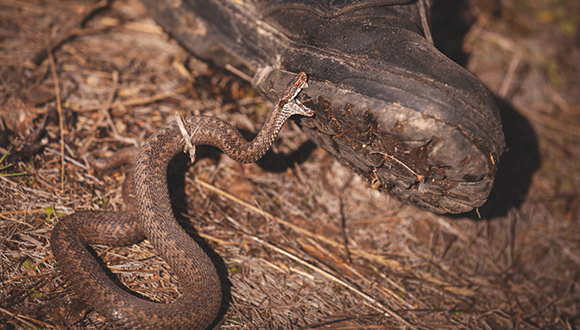
Farmer and snake – better off apart
The study was led by Dr. Takuya Iwamura (currently at Oregon State University), Eyal Goldstein of the TAU School of Zoology, and Dr. Kris Murray of Imperial College London and the School of Hygiene and Tropical Medicine in London. Other participants included researchers from the Liverpool School of Tropical Medicine, Lancaster University and the University of Kelaniya, Sri Lanka. The paper was published in February 2021 in PLOS Neglected Tropical Diseases.
Related posts
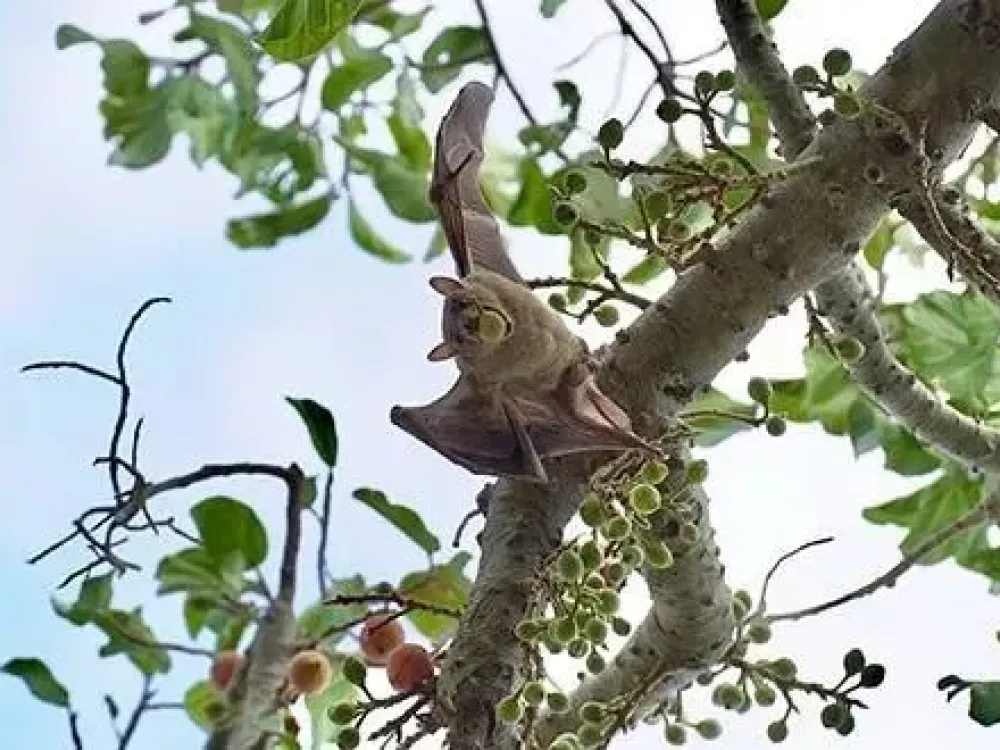


How Can We Boost Our Fight Against Marine Plastic Pollution?

Over the Past 1.5 Million Years, Human Hunting Preferences have Wiped Out Large Animals
